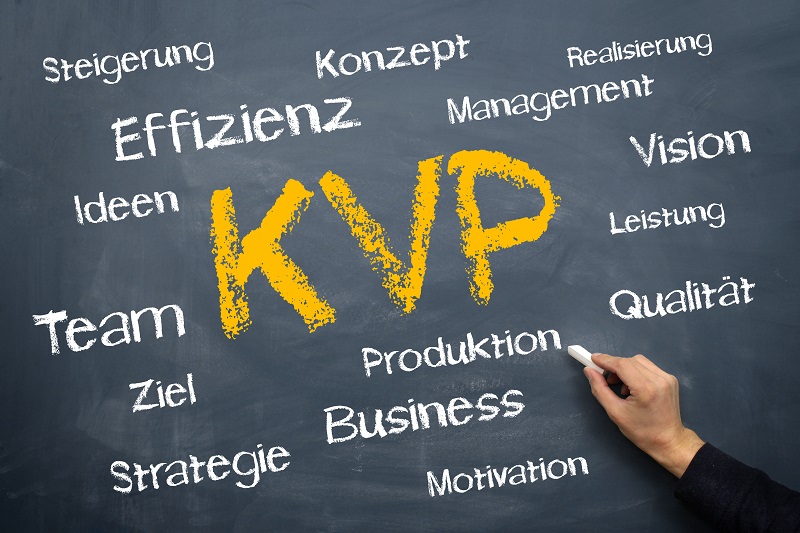As part of a small series of articles, we want to take a closer look at four aspects of change.
This article is focused on: Continuous Improvement Process.
Article II: Crisis management
Article III: Change management
Article IV: Transformation
Let’s look at the subject of CIP. There is a strategic aspect related to developing the right attitude. The other element is operational. The tools and processes established to implement a “CIP”.
The most robust lever to successfully establish a CIP is to develop the attitude of consistently looking for improvement opportunities in a team. Teams learn most through reflection. During these reflection phases, the team deals with the degree of goal achievement, the result, and the path that led to the goal, the process of goal achievement.
- The first step is to conduct a neutral analysis of the time phase under consideration. Helpful questions for this are:
- From the point of view of those involved, what has been successful in achieving the objectives?
- Where do the stakeholders see room for improvement?
- In the next step, concrete measures are derived and tried out as an experiment. If these measures achieve an improvement, they replace the previous procedure. If they do not, the planning of measures begins again, and the participants consider what they will try as the next step to achieve the desired improvement.
The team itself defines the measures and, if possible, implements them immediately within the group. If there are interfaces with a neighbouring unit, this must also be involved in the experiment. If possible, CIP experiments should not require lengthy approval procedures.
An experiment is successful if it meets the set criteria and the defined purpose. For example, higher quality, shorter time, less teaching run, fewer resources/costs. If the set goals have been achieved or exceeded, the experiment becomes the new process model.
Of course, it makes a big difference whether the CIP topic is to be established in the context of collaboration or in a production process that is very cost-intensive and has long development times. Installing a fast, functioning CIP is even more difficult if these process steps have perhaps even been certified by the customer.
Iterative working methods, which contain continuous reflection steps, support the idea of permanent improvement.
We see the key to a well-functioning CIP as being that the teams take responsibility for “becoming better” and see this improvement as part of their task. Whether the suggestion for improvement comes from one team member or the whole team, it is accepted and worked on by the entire team as soon as there is an issue.
Leaders and management can provide vital support by handing the topic over to the team in team goals.
There must be transparency as to which team is working on improvements to avoid parallel or even contradictory situations. It is also essential to make not performing experiments visible and share the knowledge gained with other teams.
The improvement measures must be evaluated quickly and validated relatively quickly, at least on a small scale. The team should have the competence and resources to decide whether the idea can be tried out through an experiment or whether it should be rejected.
Unfortunately, everyday life in many classically structured organizations does not look quite like this today. Working with reviews or reflection loops is also seen as valuable by managers. Still, when things get tight and customer orders are pressing, the next customer order is usually more important than reflecting on the previous work. The less reflection is used, the more difficult it is to identify opportunities for improvement, as teams are much more focused on the current problem solving than on the completed issue. Some organizations have robust tools to manage all CIP ideas. These tools have the advantage of making improvement ideas visible across the organization. As far as ownership is concerned, with IT tools, unfortunately, the ideas often lie there well until they are outdated. No one really “looks in there” anymore because the day-to-day business overruns these possible improvement ideas.
We think continuous improvements need creativity and, above all, time to deal with it. Give yourself the time – it’s worth it!


Recent Comments